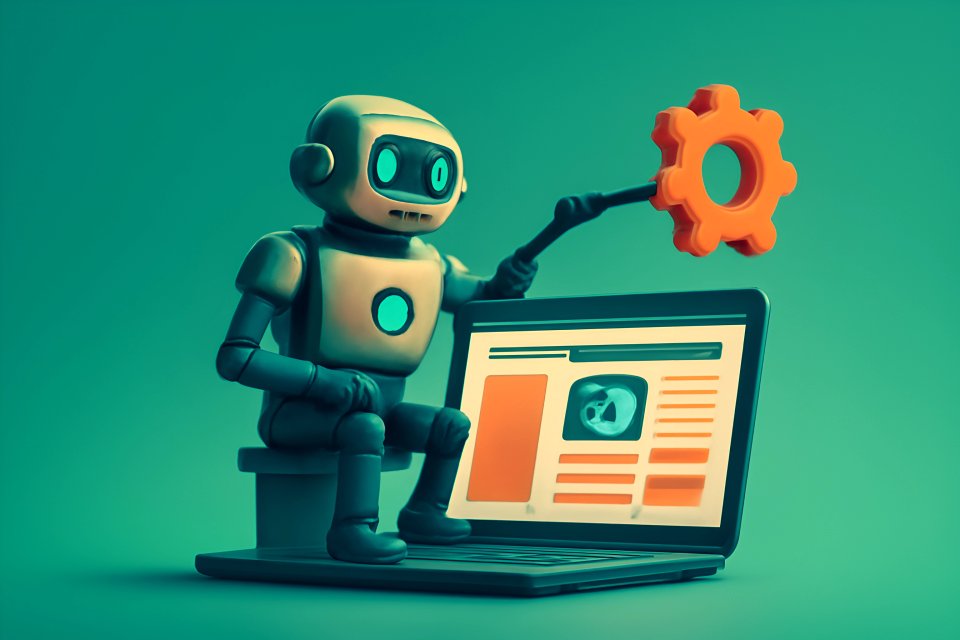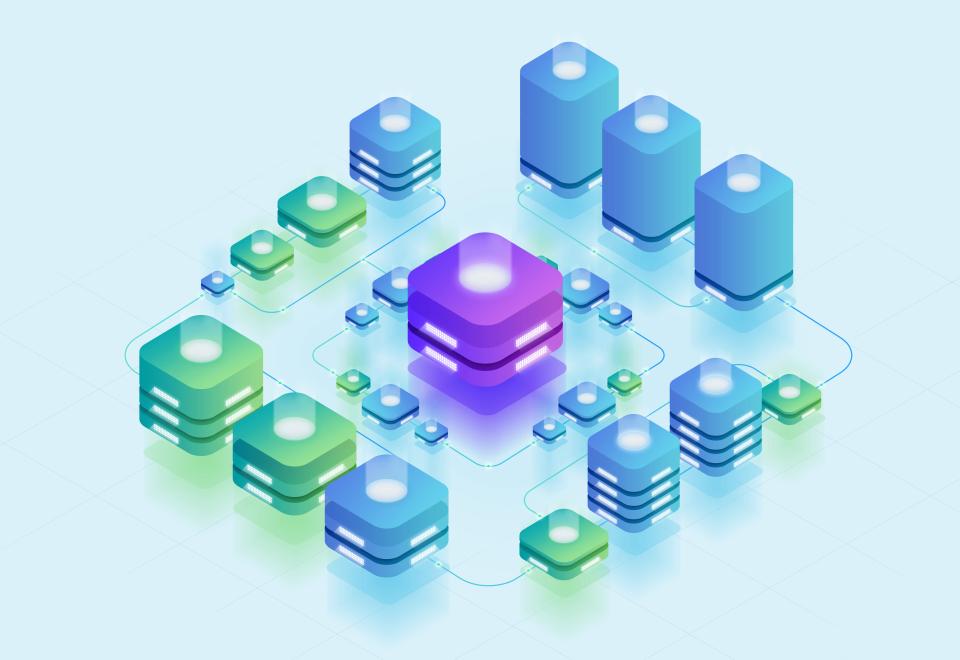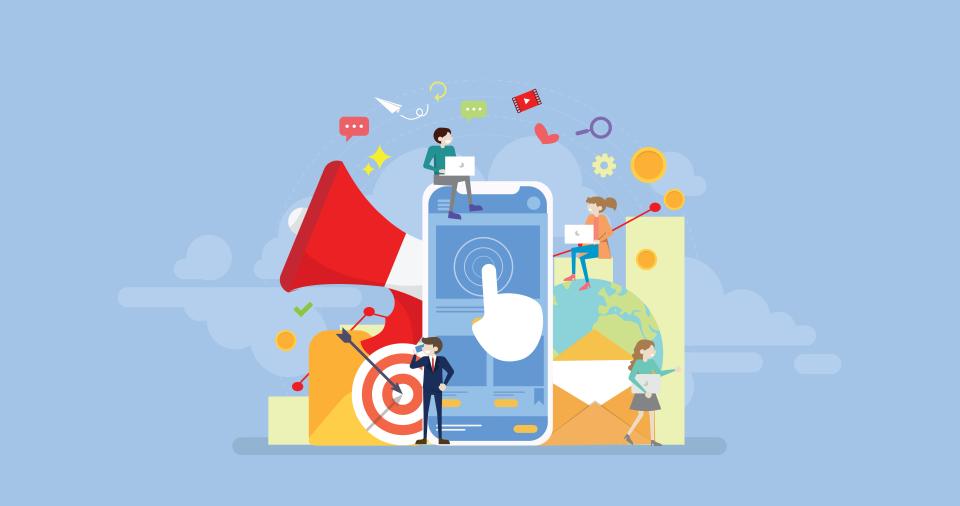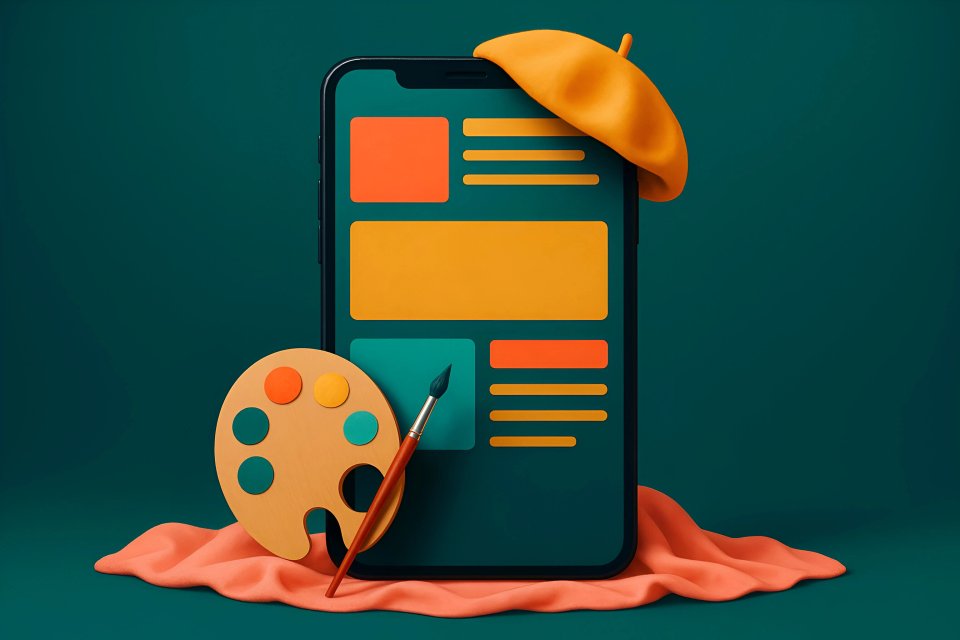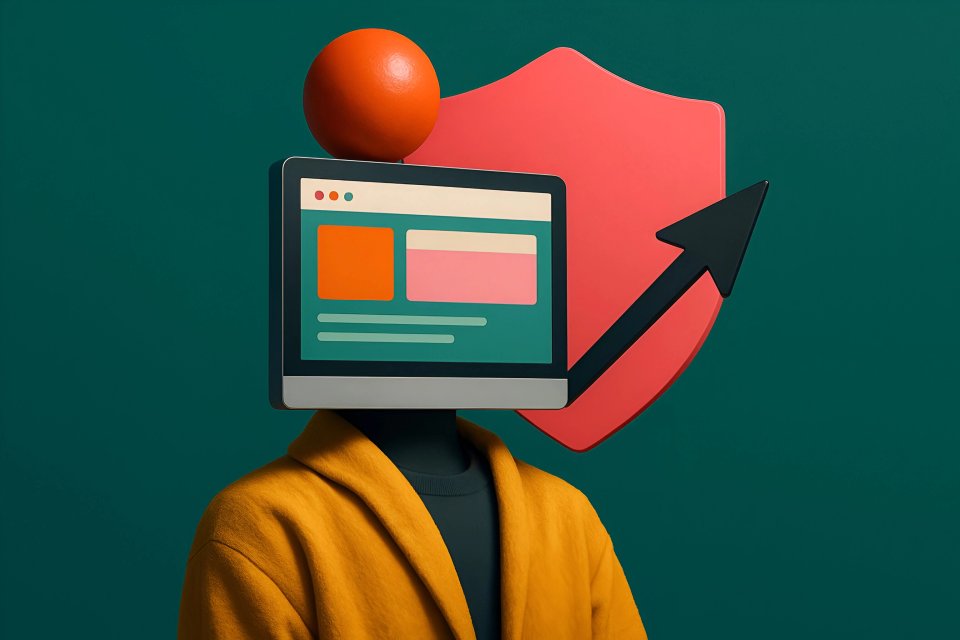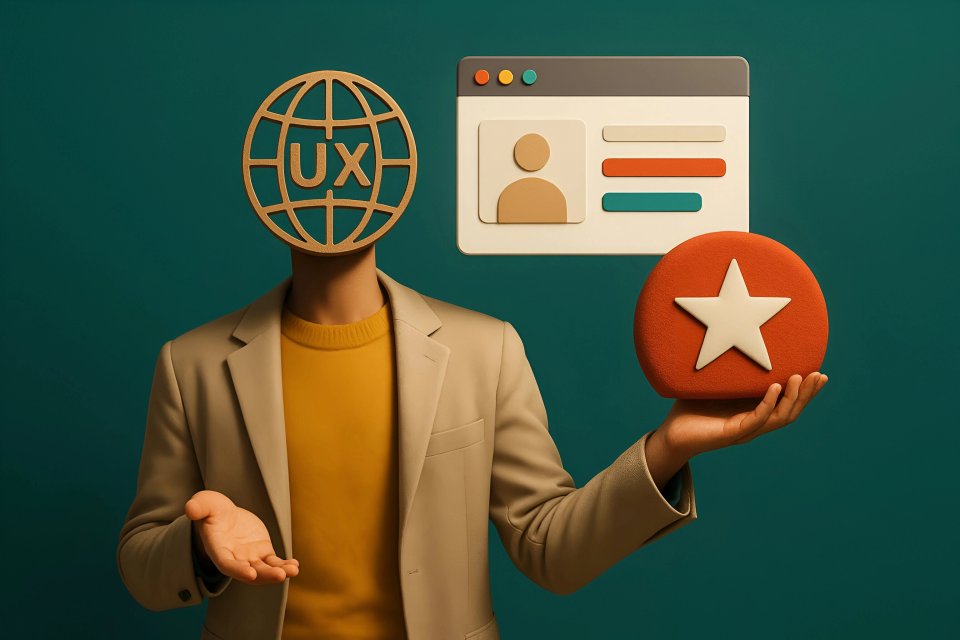Your website is dying.
Right now, it’s a static brochure in a dynamic world. A digital ghost town where visitors arrive, glance around, and leave—unseen, unheard, and unimpressed. You’re bleeding potential customers because your site treats everyone the same, and in today’s world, that’s a fatal mistake.
Consider this: a staggering 80% of consumers are more likely to buy from a brand that provides personalized experiences. Your one-size-fits-all approach isn’t just failing to engage; it’s actively pushing people away. The solution isn’t a prettier design; it’s a smarter one. By integrating AI automation, you can transform your website from a passive pamphlet into an intelligent, adaptive platform that caters to every single user, turning them from bored visitors into loyal fans.
This guide is your roadmap. We’ll cut through the noise and show you exactly why, what, and how to integrate AI automation into your website design. Prepare to build a website that doesn’t just sit there—it captivates, converts, and conquers.
Why AI is a Game-Changer for User Engagement (And Your Bottom Line)
Moving from Responsive Design to Adaptive Experiences
For years, "responsive design" was the gold standard. It was a crucial step, ensuring your website looked good on any screen, from a massive desktop to a tiny smartphone. But responsive design only cares about the screen; it doesn't care about the person looking at it.
The future is adaptive design—an experience that doesn't just fit the device, but fits the user. This is where AI enters the arena. As Adobe notes, AI provides powerful insights into user behavior, allowing a website to analyze who the visitor is, what they've done before, and what they likely want to do next.
Instead of just resizing images, an adaptive site might show a different hero image to a first-time visitor from New York than it does to a returning customer from London. It might reorder the navigation to prioritize pages a specific user is most likely to click on. This isn't just a website; it's a personal concierge.
The Core Benefits of an AI-Powered Website
The true power of an AI-driven website lies in its ability to deliver tangible results that resonate with core human desires: to be seen, understood, and catered to. It starts with hyper-personalization, the art of delivering the exact right content to the right person at the perfect moment. This creates a powerful feeling of recognition and value, making users feel like the experience was crafted just for them.
This deep personalization directly fuels your most important metric: conversions. By intelligently guiding users through the sales funnel, AI removes friction and anticipates needs, a key principle behind our expert conversion optimization techniques. According to IBM, businesses leveraging AI see a significant improvement in conversion rates because the path to purchase feels intuitive and helpful, not forced.
Beyond immediate sales, an AI-powered site becomes your ultimate intelligence-gathering tool. It tirelessly collects and analyzes data, revealing profound insights into user behavior that inform your future strategies. And it accomplishes all this while boosting efficiency, automating tedious tasks like A/B testing and customer support, freeing your team to focus on the creative, strategic work that truly drives growth.
5 Key Ways to Integrate AI Automation Into Your Website Design
1. AI-Powered Chatbots & Virtual Assistants
Nothing kills engagement faster than a question that goes unanswered. Users want help now, and forcing them to dig through FAQs or wait for an email response is a recipe for a bounced session. This is where AI chatbots become your frontline heroes.
These aren't the clunky, robotic assistants of the past. Modern AI chatbots provide instant, 24/7 support, answer complex questions, qualify leads, and even guide users to the right product or service. They offer immediate gratification, reducing frustration and showing the user that their time is valued.
By providing this instant connection, you create a sense of security and support that keeps users on your site longer. For a deeper look into this, our guide on integrating AI chatbots for effective lead generation provides a complete implementation roadmap. Popular tools like Intercom, Drift, and Tidio make it easier than ever to add this powerful engagement layer to your site.
2. Personalized Content & Product Recommendations
Imagine walking into a store where every shelf is stocked with items perfectly curated to your tastes and needs. That’s the experience AI-powered recommendation engines create online. They are the ultimate personal shoppers, working silently in the background to make every user feel uniquely understood.
These systems use machine learning to analyze everything: browsing history, past purchases, items left in the cart, and even how long a user hovers over an image. Based on this data, the AI suggests relevant articles, complementary products, or services the user might not have found on their own. This is one of the most powerful innovative e-commerce web design trends driving sales today.
This "curated for you" feeling is incredibly powerful. It not only increases the average order value but also boosts time on site as users explore content that genuinely interests them. Platforms like Dynamic Yield and Optimizely specialize in creating these deeply personalized experiences that turn casual browsers into devoted customers.
3. Dynamic UI/UX & Predictive Personalization
This is where AI starts to feel like magic. Dynamic UI/UX goes beyond showing different products; it physically alters the website's layout, calls-to-action (CTAs), or imagery based on who is visiting. The website literally rebuilds itself for each individual.
For example, the AI might detect a user is on a slow mobile connection and automatically serve a lighter, text-focused version of a page to ensure speed. It could identify a user from a specific industry and change the headline and case studies to be more relevant to their field. As noted in guides on AI-driven website design, this level of adaptation makes navigation feel effortless.
The goal is to reduce cognitive load and eliminate friction at every turn. By presenting the most relevant interface to each user, you make their journey intuitive and satisfying. This is the pinnacle of enhancing user experience through advanced UI/UX design, making users feel the site was designed with them in mind.
4. Voice User Interface (VUI) & AI-Powered Search
The way we interact with technology is changing. We speak to our phones, our cars, and our smart speakers. Your website needs to join the conversation.
Integrating a Voice User Interface (VUI) and AI-powered search caters directly to this modern habit. Instead of typing awkward keywords into a search bar, users can simply ask a question like, "Do you have black running shoes in a size 10?" The AI understands the natural language and delivers precise results instantly.
This creates a faster, more accessible, and deeply intuitive search experience. It removes the guesswork and frustration of traditional search, making it effortless for users to find what they need. As Google emphasizes in its own explorations of AI for web development, this frictionless approach is key to modern user engagement.
5. Automated A/B Testing & Optimization
Is your current headline the best one? Would a different button color increase sign-ups? Answering these questions with manual A/B testing is a slow, laborious process.
AI-powered optimization tools, however, can run thousands of these tests simultaneously and continuously. Using a method known as multivariate testing, the AI can test countless variations of headlines, images, layouts, and CTAs to identify the highest-performing combinations without any manual intervention. This ensures your website is always evolving into its most effective version.
This relentless optimization means your site is constantly getting better at engaging and converting users. It takes the guesswork out of design and replaces it with data-driven certainty. This is a core component of mastering conversion optimization beyond A/B testing, allowing you to achieve peak performance automatically.
Your Step-by-Step Roadmap to AI Integration
Step 1: Define Your Goals & Identify Key Engagement Metrics
Stop. Before you even look at a single AI tool, you must answer one question: Why? Don't integrate AI because it's trendy; integrate it to solve a specific, painful problem.
Is your goal to reduce cart abandonment by 15%? Do you need to increase newsletter sign-ups or improve the quality of your sales leads? Align every AI initiative with a clear business objective and define the key metrics you'll use to measure success.
This strategic-first approach ensures you're investing in solutions, not just technology. It’s the foundation of a strong brand strategy, preventing you from wasting time and money on features that don't move the needle.
Step 2: Choose the Right AI Tools and Platforms
Once you know your "why," you can find your "how." The market is flooded with AI tools, from massive all-in-one platforms to highly specialized applications. Your choice should be dictated by your goals, budget, and technical resources.
Do you need a simple, plug-and-play chatbot, or a comprehensive personalization engine that requires significant data integration? Evaluate whether a single platform that does everything moderately well is better for you than several best-in-class tools that solve specific problems perfectly. Resources like this list of top web design tools and technologies can help you evaluate how new AI platforms fit into your existing tech stack.
Step 3: Gather and Prepare Your Data
An AI is only as smart as the data it learns from. "Garbage in, garbage out" is the absolute law of the land. You must feed your AI systems clean, well-structured, and relevant data.
This means consolidating information from your Google Analytics, CRM, e-commerce platform, and other sources. It also means being rigorously ethical. You must be transparent with users about how their data is being used and ensure full compliance with privacy regulations like GDPR and CCPA.
This commitment to leveraging data-driven insights is non-negotiable. It not only makes your AI more effective but also builds crucial trust with your audience.
Step 4: Implement, Test, and Iterate
Don't try to boil the ocean. Start with a small, manageable pilot project where you can prove the value of AI with minimal risk. Implement a chatbot on a single high-traffic landing page or test a recommendation engine on one product category.
Thoroughly test everything in a staging environment before you dream of going live. Once launched, monitor performance obsessively. Use the insights you gather to continuously refine the AI's behavior, making it smarter and more effective over time. This iterative process ensures your website has the solid foundation of technical optimization best practices needed to support advanced features.
Best Practices & Pitfalls to Avoid
DO: Maintain the Human Touch
AI should be a powerful assistant, not an impenetrable wall. Always provide a clear and easy way for users to connect with a human being if they need to. The goal is to enhance the human experience, not eliminate it.
DON'T: Neglect Data Privacy
Be radically transparent with your users. Clearly explain in your privacy policy how you are using their data to personalize their experience. In a world of growing digital distrust, transparency is your greatest asset.
DO: Start Small and Scale
The most successful AI integrations happen incrementally. Don't attempt to automate your entire website overnight. Implement one feature, measure its impact, prove its ROI, and then use that success to justify the next step.
DON'T: Assume AI Can Fix a Bad Foundation
This is the most critical rule. AI is a powerful amplifier; it makes good experiences great, but it makes bad experiences even more frustrating. If your website has a confusing layout, slow load times, or a broken checkout process, AI cannot fix it. A solid foundation of user-centric UI/UX design is absolutely non-negotiable before you begin.
Conclusion: The Future of Web Design is Intelligent
The era of the static website is over. AI is no longer a far-off concept from a science fiction movie; it is a practical, powerful tool that is here today, ready to create deeply engaging and personalized digital experiences. By integrating intelligent chatbots, powerful personalization engines, and automated optimization, you can forge a stronger connection with your audience and demolish your business goals.
The most dominant brands of tomorrow will be those that use technology not to feel more robotic, but to become more human-centric. They will build smart, empathetic platforms that listen to, understand, and adapt to every user. The only question left is: will you be one of them?
Ready to elevate your website from a static brochure to an intelligent engagement platform? The experts at CaptivateClick combine strategic UI/UX design with cutting-edge development to integrate AI automation into your website design. Contact us today for a free consultation and let's build a website that truly captivates your audience.

